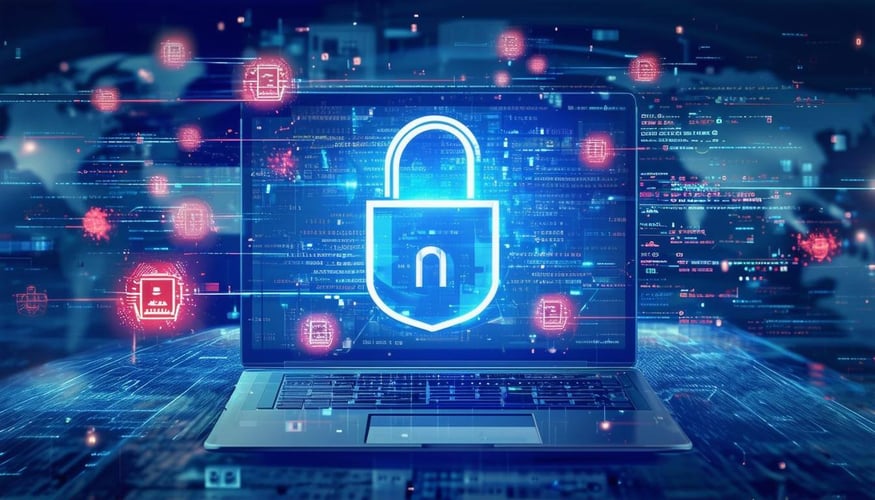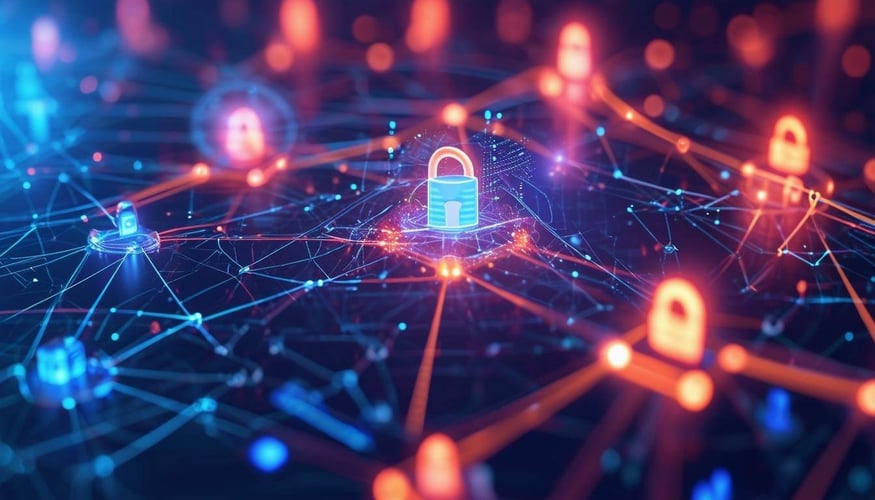Introduction
As cyberattacks become increasingly frequent and complex, the need for agile crisis management has never been more pressing—especially for Mid-Market companies. Effective cyber crisis management involves more than technical preparedness. It requires robust leadership models, sound decision-making under pressure, and a well-rehearsed strategy for navigating high-stress situations.
This blog explores key strategies Mid-Market organizations can implement to enhance their resilience and response to cyber crises, ensuring they remain operational and minimize the impact of security incidents.
The Importance of Leadership in Cyber Crisis Management
During a cyber incident, leadership plays a pivotal role in guiding an organization through uncertainty. Leaders must balance technical responses with clear communication and coordination, ensuring their teams remain focused and proactive. Effective crisis management teams typically include executives who are trained to act decisively, handle stress, and maintain trust across the organization during emergencies.
Proactive leadership not only reduces downtime but also inspires confidence among employees, customers, and partners. Regularly simulating crisis scenarios helps leaders build familiarity with potential threats, reinforcing their ability to make swift, informed decisions when actual incidents occur.
Psychological Factors Affecting Decision-Making
When a cyberattack strikes, decision-making becomes a challenge. Stress-induced cognitive biases—such as confirmation bias, where individuals rely on familiar information rather than objective data—can impair judgment. Leaders must be aware of these biases to avoid suboptimal decisions that may exacerbate a crisis.
Managing emotions such as fear and anxiety is equally critical. Unchecked emotional responses can disrupt communication and teamwork, weakening the organization's overall response. Implementing stress management practices and fostering a culture of resilience ensures teams remain composed under pressure.
Key Elements of an Effective Cyber Crisis Plan
-
Preparedness and Rehearsals
Crisis management is most effective when leaders are prepared. Organizations should conduct regular tabletop exercises and simulations, identifying potential gaps in their response plans and fine-tuning procedures.
-
Clear Communication Channels
Communication during a crisis must be transparent and consistent. Employees, customers, and external stakeholders need timely updates. A designated crisis communication team should be responsible for delivering these updates to maintain trust and minimize reputational damage.
-
Collaboration and Coordination
Cyber crises require seamless coordination between technical teams, executives, and external partners. Solutions like Managed XDR (Extended Detection and Response) services help facilitate this collaboration by offering near real-time insights into threat landscapes across networks, endpoints, cloud environments, and SaaS applications.
-
Continuous Improvement
After-action reviews are essential to improve future responses. By analyzing what worked and what didn’t, organizations can refine their crisis plans and strengthen their overall cybersecurity posture.
Benefits of Managed XDR in Crisis Management
Managed XDR platforms enhance crisis response by offering continuous threat monitoring and automated responses. These services provide real-time insights and incident management tools, helping mid-market businesses contain breaches swiftly. With integrations across cloud, endpoint, and SaaS platforms, Managed XDR ensures coordinated actions that reduce recovery time and prevent future incidents.
By prioritizing leadership training, fostering emotional resilience, and leveraging tools like Managed XDR, Mid-Market organizations can turn crises into opportunities to build trust and resilience. Investing in these strategies ensures not only survival but long-term success in an increasingly volatile cyber landscape.
Looking Ahead
For Mid-Market companies, investing in Managed XDR services is not just a technical upgrade—it’s a strategic imperative. With tech-powered threat detection and guided incident response, Managed XDR platforms empower your organization to navigate crises effectively, minimizing downtime and reputational risks.
Schedule a demo today to explore how Managed XDR can strengthen your crisis management strategy.






